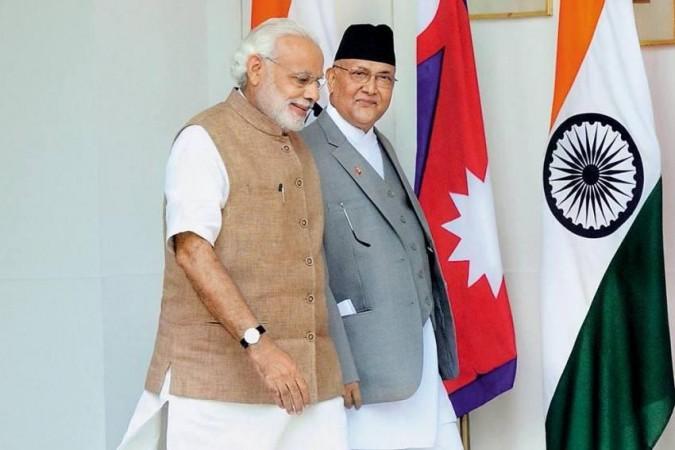The Lower House of Nepal's Parliament is all set to vote on the Second Constitution Amendment on Saturday, June 13. This move will give Nepal's map a legal status.
Sources in Kathmandu said last round of discussion happened among members over Kalapani, Limpiyadhura and Lipulekh of Pithoragarh districts. The amendment is expected to get full support when it comes for voting in the house with the turnaround of the Madhesi parties, which has 275 members.

India-Nepal border controversy
A proposal was endorsed recently by Nepal lawmakers for considering a Constitution Amendment Bill, which aimed at legalising the controversial map. The Bill seeks to authenticate the new map of Nepal by revising the map in the national emblem, which means the new map will be a part of Nepal's textbooks, etc.
On the other hand, India has its stance that these three places belonged to India. Ministry of External Affairs (MEA) Anurag Srivastava had said on June 11 that India made its position clear on this issue and it values its civilisation, cultural and friendly relations with Nepal.
In May, Nepal had shown the three places as a part of the Nepali territory and India had reacted angrily. India had cautioned the country saying such 'artificial enlargement' of territorial claims will not be acceptable to it.
Nepal's Prime Minister KP Sharma Oli stated that in order to resolve the dispute over Limpiyadhura, Lipulekh and Kalapani, he has sought talks with India.
Oli was quoted as saying on Wednesday, "We have told (them) that we want to resolve this through diplomatic talks. And the solution is that our land should be returned to us." Oli stated this in the Parliament.
According to his claims, India built a Kali temple, created "an artificial Kali river" and "encroached the Nepalese territory through deploying the Army" at Kalapani.
On May 8, Defence Minister Rajnath Singh inaugurated an 80-km-long strategically crucial road connecting the Lipulekh pass with Dharchula in Uttarakhand and this strained the ties between the two countries.
Nepal reacted sharply to the inauguration of the road claiming that it passed through Nepalese territory. India however rejected Nepal's claim asserting that the road lies completely within its territory.
According to Nepal, before 1962, Nepal had control over the area when the India-China war took place. India stationed its Army after it took permission from Nepalese rulers for temporary purpose but Nepal states that the Army was never removed.









!['Had denied Housefull franchise as they wanted me to wear a bikini': Tia Bajpai on turning down bold scripts [Exclusive]](https://data1.ibtimes.co.in/en/full/806605/had-denied-housefull-franchise-they-wanted-me-wear-bikini-tia-bajpai-turning-down-bold.png?w=220&h=138)



